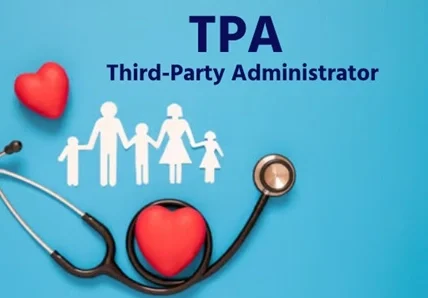Employee well-being is one of the critical aspects of building a motivated and productive workforce. One of the best ways organisations ensure this is by offering a group mediclaim policy. For many companies today, offering a group health insurance policy has become as important as offering a salary. It not only provides financial protection to employees during medical emergencies but also reflects a company’s commitment to their holistic well-being.
But when a new hire joins, how do you add them to your group health insurance policy without confusion or delay? Although the process is not complicated, it does need careful handling.

What Makes Group Health Insurance Different?
Unlike individual health policies, a group plan covers everyone in the organisation under one agreement. Along with the convenience of buying business insurance online, its administration is also easier. However, the insurer has fixed rules on who can join and how. Understanding those rules is the first step in ensuring new employees are enrolled without hassle.
Step-by-Step Process to Enrol New Employees in a GHI Policy?
Step 1: Confirm Eligibility
Every insurer has a baseline for who qualifies. Generally, all full-time employees are covered. Some organisations go further and extend benefits to probationers or even contract workers. Before you start gathering the forms, check that the employee fits in the insurer’s definition of ‘eligible.’
Step 2: Collect Employee and Dependent Details
Enrolment depends heavily on correct information. The HR team usually needs employee details, including name, date of birth, date of joining, identity proofs and ID number. If dependents are covered by the group health insurance policy, details of the spouse, children or parents must be included too.
Step 3: Share Supporting Documents
Most insurers ask for basic documents like Aadhaar or PAN cards. For dependents, a marriage or birth certificate is standard. It is crucial to submit all the required documents together. Failure to submit the documents promptly leads to a slowed-down process.
Step 4: Co-ordinate with the Insurance Provider
This step is where HR hands over the data to the insurance provider. Some companies provide scanned forms, but most insurers now offer online portals. These make the process faster and more transparent. Either way, the insurer verifies the details before approving the addition of the new member.
Step 5: Issue Confirmation of Coverage
Once the insurer processes the enrolment, employees should receive a confirmation. The insurer usually issues health cards. Employees should receive both physical and digital copies. These are essential for cashless treatment, and both the digital and physical cards can be produced to avail the benefits. Moreover, you can also provide employees with a brief overview of the benefits of the group health insurance policy.
Step 6: Keep the Information Updated
With time, the number of dependents of the employees might change. Whether the employees get married or have children, their information must always be updated periodically to avoid any complications. Keeping records current helps avoid claim disputes and shows employees that their health cover is being taken seriously.
Conclusion
Bringing new employees into a group health insurance policy is not just about compliance. It is about giving them a sense of security from day one. Each stage, from confirming eligibility to issuing health cards, builds trust. Reliable insurers such as TATA AIG make the process easier through responsive teams and digital solutions that allow you to buy business insurance online. The convenience allows employers to focus on people rather than paperwork.














